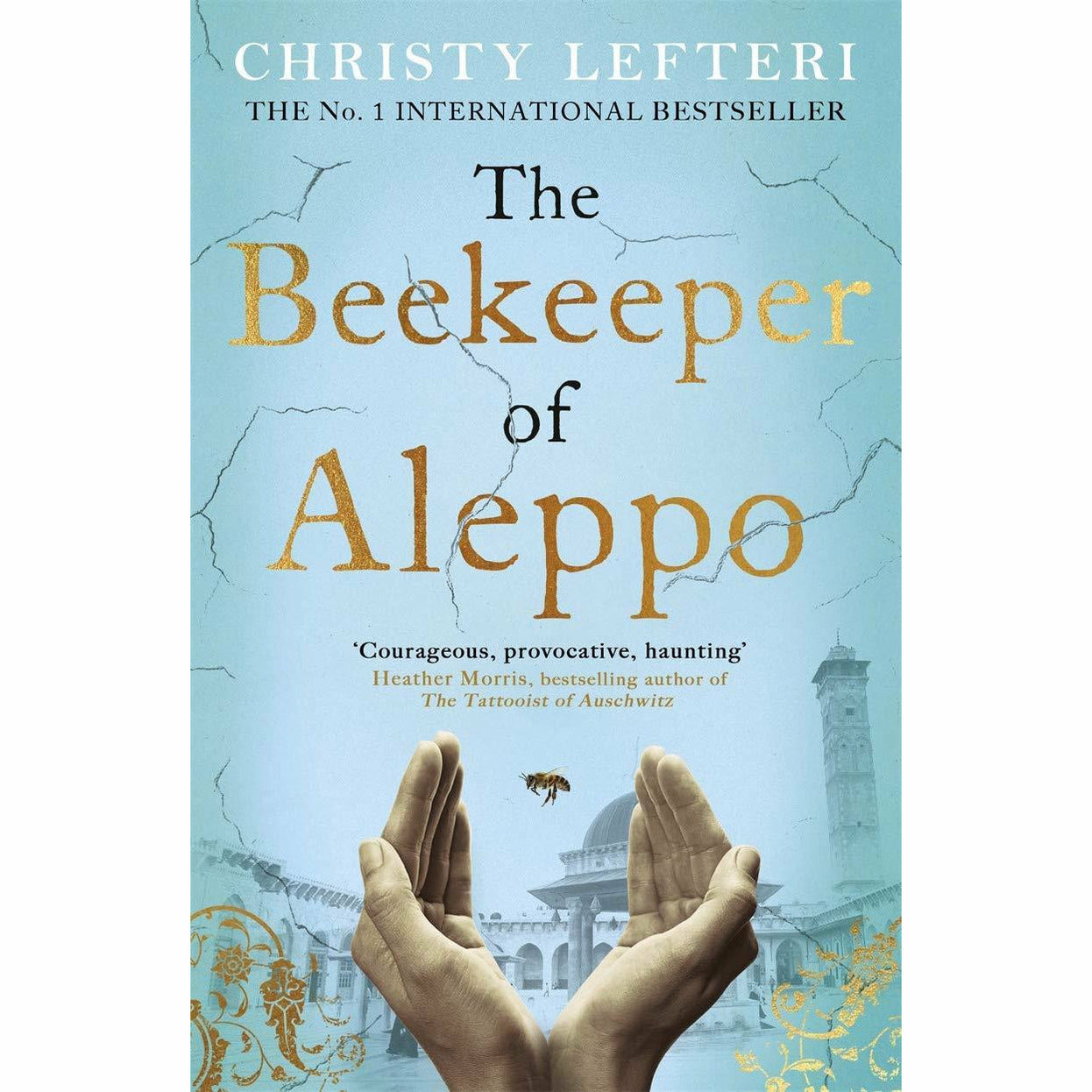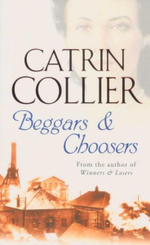

(Her body was dumped into the Hudson River. Hmm, if this is her earliest appearance, her ghostly wanderings may have begun after her sad demise in this historical mystery. Here we see her on the sidewalks of New York in 1841. She must have quite a backstory, floating between different countries and eras, convincing many art departments that she deserves the spotlight. I was in Book Depository looking up O'Connor's latest novel when I caught a glimpse of this familiar figure. She hasn't made an appearance in a few years, but now she's back, wandering through 1907 Dublin. Well worth reading.Ī Watermelon, a Fish, and a Bible was published in June by Quercus at £10.99. The quote from a Telegraph review printed on the cover implies it's a romantic beach read, and I can't say that really fits, but it was an involving novel that piqued my interest in the history of Cyprus, which remains a divided country today. Some awkwardness arises when lengthy reminiscences are recorded as dialogue, since the style in these sections is too literary to resemble spontaneous conversation, but I went along with it as part of the story. The overall message is one of survival and hope, and of how love can bridge otherwise impassable boundaries. It's a sobering novel with many dark moments, but it's not a depressing one.

Yet despite the damage inflicted by the invaders, Cyprus comes alive as a place of immense beauty, and the descriptions of its rich cultural traditions provide a timeless feel. Where there used to be lively chatter while they prepared their daily meals, now silence prevails where there was once silence in the peaceful countryside, they now hear aircraft and the sounds of rifle fire.

The atmosphere in the house where the women are held prisoner is tense and sorrowful.

The colorful title comes from the three possessions one older couple carries out of their home as they flee for their lives. Without gratuitous description, the brutality endured by the villagers is made plain. And in a bedsit (studio apartment) in London, an aging British pilot reminisces about his own love affair on Cyprus back in the late '40s, and the daughter he could never acknowledge. Adem, the Turkish shoemaker who fell in love with Koki twelve years earlier, has just arrived in Kyrenia as part of the invasion force and secretly searches for her everywhere he goes. Several other tales unfold simultaneously, and Lefteri structures the past-present narratives well. During these days of heightened emotion and fear, Koki confronts them and reveals the tale of her unlikely romance. When the Turks invade, killing Kyrenia's men and forcing the women and children into camps, Koki is forced to keep company with women who've always despised her. Between Koki's appearance and her position as the single mother of a half-Turkish son, the people of Kyrenia have double the reason to ostracize her. Many conquerors have left deep footprints on Cyprus over the past two millennia - Turkey is just the latest - and its people have long memories. The protagonist is Koki, a young Greek Cypriot woman who has met with prejudice all her life because of her flame-red hair, a reminder of the island's legacy of British colonial rule. It deals with an event about which I knew next to nothing, but in her moving debut, Lefteri has made it one I'm unlikely to forget. This was an impulse buy at Book Depository, recommended probably because I'd bought another book set in the 20th-century Mediterranean world. The main narrative of Christy Lefteri's A Watermelon, A Fish, and a Bible takes place within this timeframe, with flashbacks to scenes from the previous three decades. The week in question begins on July 20, 1974, with the Turkish invasion of Cyprus. Guest post from Gillian Bagwell: June 1660.Book review: The Rebellion of Jane Clarke, by Sall.Short review: Rebecca Jenkins, The Duke's Agent.Hilary Mantel's Wolf Hall wins the first Walter Sc.Book review: The Devil Amongst the Lawyers, by Sha.


 0 kommentar(er)
0 kommentar(er)
